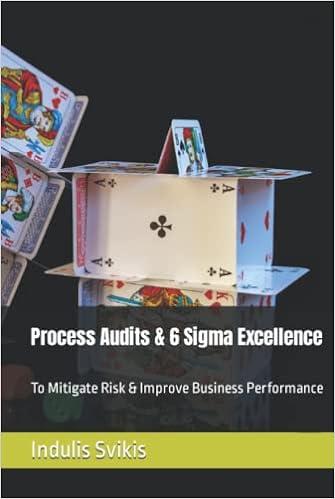Question
Liquidity and Efficiency Ratios Liquidity ratios measure a companys ability to meet its short-term obligations. They are a key predictor of a companys ability to
Liquidity and Efficiency Ratios
Liquidity ratios measure a companys ability to meet its short-term obligations. They are a key predictor of a companys ability to make timely payments to creditors and to continue to meet obligations to lenders when faced with an unforeseen event. Efficiency ratios reflect how productive a company is in using its assets; and relates how much revenue is generated from the assets.
Current Ratio
Current Assets/Current Liabilities
This ratio represents the number of times short-term assets cover short-term liabilities and is an indication of a companys ability to service its current obligations. A higher number is preferred because it indicates a strong ability to service short-term obligations.
The current ratio for 2015 is 1.05 which is down from 1.22, but compared to the baseline of .97 indicates the companys ability to service short-term obligations is satisfactory.
Accounts Receivable Turnover
Net Sales/Average Accounts Receivable
This ratio measures the number of times receivables turn over in a year and reveals how successful a company is in collecting its outstanding receivables. A higher number is preferred because it indicates a shorter time between sales and cash collection.
The accounts receivable turnover rate for 2015 is 75.4 which is up from 2014s rate of 60.6. This would indicate a nice improvement in turnover rate, and compared to the baseline of 71.1 would suggest this ratio may be on target with company objectives.
Profitability Ratios
Profitability ratios measure a companys ability to generate a return on capital. Profitability and positive cash flows affect a companys ability to remain solvent.
Return on Common Stockholders Equity
Net Income Preferred dividends/Average Common Stockholders Equity
This ratio measures how well a company uses its investment dollars to generate profits. (It tells the common stock investor how effectively their capital is being reinvested.) A higher number is preferred because it indicates how well a company uses the money from its shareholders to generate profits.
The return on common stockholders equity for 2015 is 22.4% which is up from 2014s 16.8% and a better return than the baselines 20.8%. This would indicate a satisfactory usage of common shareholders investments.
Market Prospects Ratios
Market ratios are used to compare publicly traded companies. They make market price information more meaningful.
Price-Earnings Ratio
Market Price Per Common Share/Earnings Per Share
This ratio is used as an indicator of the future growth and risk of a companys earnings as perceived by the stocks buyers and sellers. A higher number is preferred because it indicates a high expected growth.
The 29.0 price/earnings ratio for Costco is twice that of Walmarts 14.5. This would indicate that Costco is expected to have higher growth than Walmart, and therefore, would be a lower risk stock.
Conclusion
help me to give a conclusion about costco also provide insight into the financial future of the company and give an investment recommendation. this subject is financial accounting
Step by Step Solution
There are 3 Steps involved in it
Step: 1

Get Instant Access to Expert-Tailored Solutions
See step-by-step solutions with expert insights and AI powered tools for academic success
Step: 2

Step: 3

Ace Your Homework with AI
Get the answers you need in no time with our AI-driven, step-by-step assistance
Get Started


